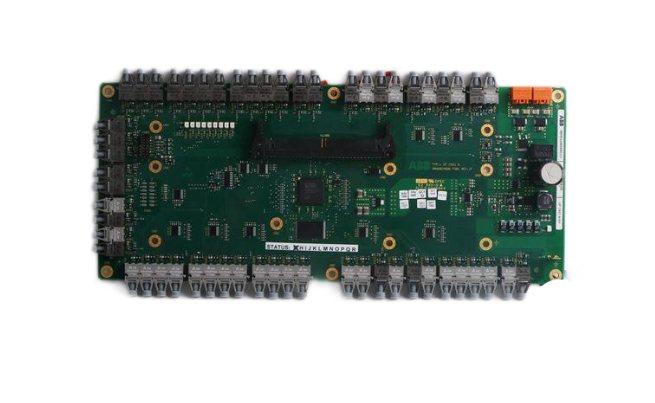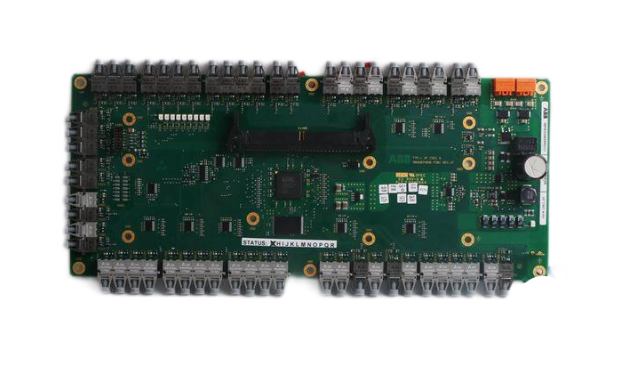In the face of the Internet world that has everything, why do people have nothing?
On the other hand, Seattle's wealth growth has been unevenly distributed. Seattle was a famous middle-class paradise with few extreme poor and few extreme rich. But by 2016, income inequality in Seattle was already extremely high, with fewer than one in five families having children because of the difficulty of raising a family and rising rates of childbearing. Even so, the urban population continues to grow faster than any large city in the country, and the vast majority of the new population is young, highly educated and well-paid.
Amazon is Seattle's most powerful tech company. Amazon has 45,000 jobs in the city alone, and another 8,000 in the suburbs. It occupies one-fifth of the office space in Seattle, as much space as the next 40 largest companies combined.
However, such a huge enterprise is far less than the head of the traditional manufacturing industry in terms of income. Workers at GM factories once made an average of $27 an hour with generous benefits, but a decade later, Amazon was paying workers at the same location $12 or $13 an hour with even thinner benefits.
In 2018, the median home sale price in Seattle reached $754,000, enough to cover the cost of the median salary of $134,000, while Amazon's average annual salary is $150,000. Raising a family in Seattle is also a bit of a stretch for Amazon employees.
But even that hasn't stopped local and state governments from offering Amazon up to $43 million in incentives to open warehouses here. Across the United States, Amazon has won tax breaks and incentives from states and cities in exchange for building warehouses and data centers, earning a total of $2.7 billion in 2019 alone.
As the main clue of the book, "Amazon fulfillment center" is actually just a business term. "In this large enclosed building, workers and robots pick goods from shelves, which are then packed and shipped by workers," the book says. The company calls such a first-level warehouse a "fulfillment center." After all, they are the place to fulfill and fulfill customer orders. In addition, there are smaller and relatively few 'sorting centers' that sort packages that have been assembled and addressed for distribution within a specific area. But the word Fulfillment, plastered in large black letters next to the company's name, seems designed to conjecture something broader than the building's function. It advertises the company's promise to everyone who walks by, and those who want to buy something but are still on the sidelines now know where it will be delivered to them."
But for the people who work in this building, there is not much promise from the owner. They have to deal with hard work and the fact that they are struggling to survive in an increasingly expensive city. At the same time, whether to have such enterprises is also the key point of local economic growth. The rise and fall of American cities in recent decades is precisely the pattern of the decline of old industrial cities and the rise of new technology cities. In other words, head technology companies such as Amazon have eliminated the geographical distance of this era through the Internet and even the new industries derived from it, but it has aggravated the economic differences between regions, and also exacerbated the wealth disparity in the same region.

As a company, Amazon has profoundly influenced the social ecology of the United States. "In the United States, more people subscribe to its Prime service than voted for Trump or Biden in past elections." Fully half of Americans' online spending takes place on Amazon. It is the second largest private workplace in the United States, after Walmart, employing more than 800,000 people, most of whom will never set foot within the factory confines of its Seattle headquarters."
The economic ecology that Amazon relies on is not just the rise of Internet technology. In the late 1970s, federal rules governing corporate mergers were loosened, antitrust enforcement weakened, and the flow of wealth to a small number of companies became a trend. With the help of this trend, Internet companies began to profoundly dominate the economy and life.
Amazon's power has made local governments eager. According to the book, just to attract Amazon's second headquarters to land, local governments have launched a "fancy show."
In 2017. Amazon is considering choosing cities to build its second headquarters, and many cities are trying their best to fall into their own hands. The mayor of a city has given a thousand Amazon products five-star online reviews, a city has offered to cater to Amazon's love of dogs by waiving local pet adoption fees for Amazon employees, a city has offered to add Amazon-only cars to its subway system, and a city has even offered to simply change its name to "Amazon City."
Of course, for Amazon, which has a strong capital power, all this looks like a farce, and it is impossible to impress it. Declining industrial cities did not make the cut, nor did ordinary inland cities, which preferred high-talent cities on the coast or cities near the nation's capital - the final choices were the Long Island City neighborhood in New York and the Crystal City area in Arlington, Virginia, near Washington. Of course, later due to various reasons, the former was also abandoned.
- EMERSON
- Honeywell
- CTI
- Rolls-Royce
- General Electric
- Woodward
- Yaskawa
- xYCOM
- Motorola
- Siemens
- Rockwell
- ABB
- B&R
- HIMA
- Construction site
- electricity
- Automobile market
- PLC
- DCS
- Motor drivers
- VSD
- Implications
- cement
- CO2
- CEM
- methane
- Artificial intelligence
- Titanic
- Solar energy
- Hydrogen fuel cell
- Hydrogen and fuel cells
- Hydrogen and oxygen fuel cells
- tyre
- Chemical fiber
- dynamo
- corpuscle
- Pulp and paper
- printing
- fossil
- FANUC
- Food and beverage
- Life science
- Sewage treatment
- Personal care
- electricity
- boats
- infrastructure
- Automobile industry
- metallurgy
- Nuclear power generation
- Geothermal power generation
- Water and wastewater
- Infrastructure construction
- Mine hazard
- steel
- papermaking
- Natural gas industry
- Infrastructure construction
- Power and energy
- Rubber and plastic
- Renewable energy
- pharmacy
- mining
- Plastic industry
- Schneider
- Kongsberg
- NI
- Wind energy
- International petroleum
- International new energy network
- gas
- WATLOW
- ProSoft
- SEW
- wind
- ADVANCED
- Reliance
- YOKOGAWA
- TRICONEX
- FOXBORO
- METSO
- MAN
- Advantest
- ADVANCED
- ALSTOM
- Control Wave
- AB
- AMAT
- STUDER
- KONGSBERG
- MOTOROLA
- DANAHER MOTION
- Bently
- Galil
- EATON
- MOLEX
- Triconex
- DEIF
- B&W
- ZYGO
- Aerotech
- DANFOSS
- KOLLMORGEN
- Beijer
- Endress+Hauser
- MOOG
- KB
- Moxa
- Rexroth


Email:wang@kongjiangauto.com






















































































































